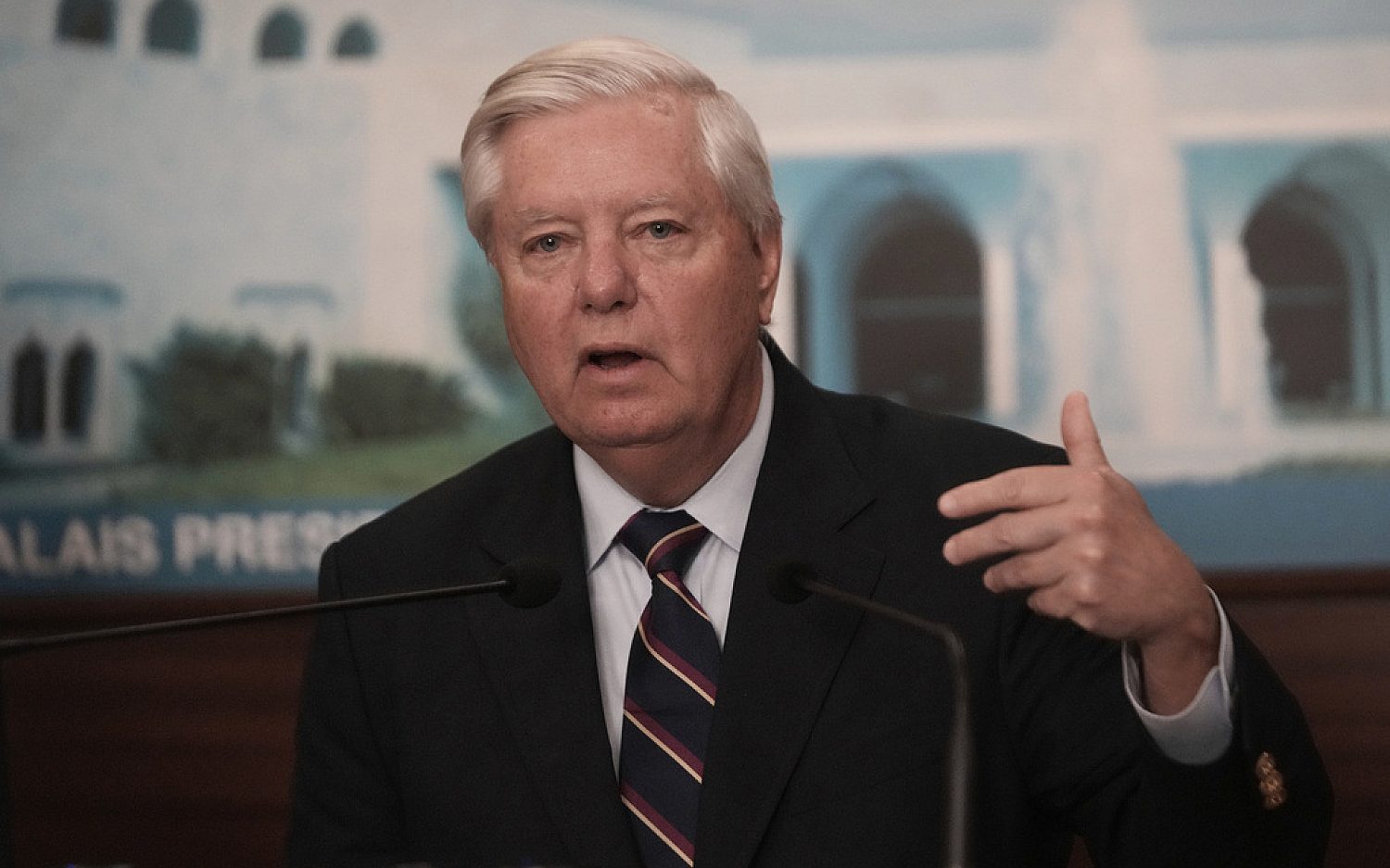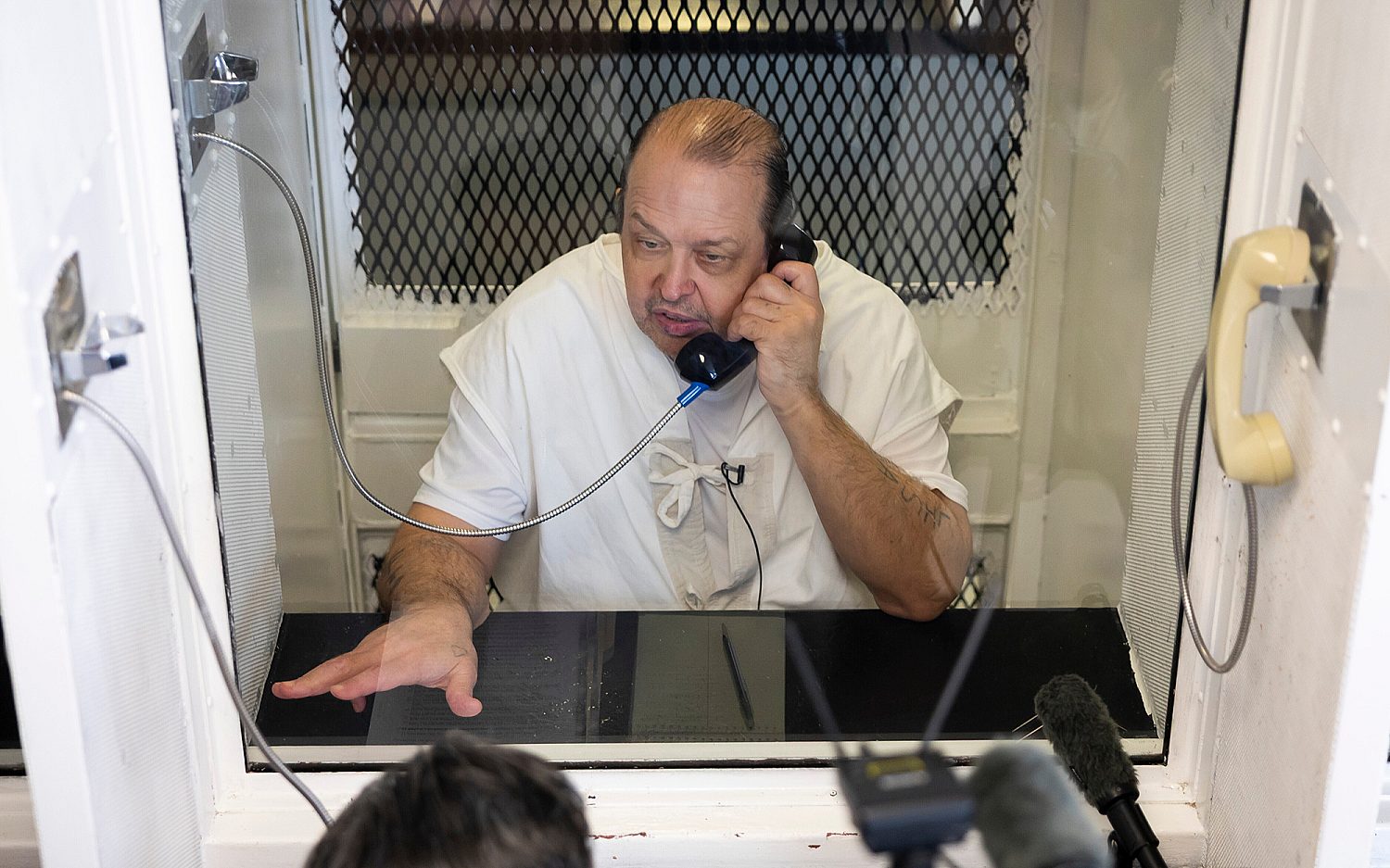Brittany Maynard commits suicide despite pleas she reconsider
Brittany Maynard fulfilled her promise to end her own life Nov. 1 by taking a physician-prescribed drug, which is legal under Oregon’s assisted suicide laws. She would have turned 30 on Nov. 19.
Maynard’s decision to take her life drew national attention as she used her terminal cancer diagnosis to advocate for the legalization of assisted suicide nationwide. Maynard hoped her choice to die would become available to more people who face suffering like her own.
Doctors diagnosed Maynard with brain cancer Jan. 1. In four months, her life expectancy withered to 6 months when the tumor returned more aggressively after initial surgery to remove it. Maynard decided against radiation treatment, choosing instead to preserve as much quality of life as she could in her remaining months.
But she also dreaded suffering in hospice care. “My family would have to watch that,” Maynard wrote in a CNN op-ed. “I quickly decided that death with dignity was the best option for me and my family.”
Maynard and her husband had been married for a little over a year when they moved from California to Oregon, where assisted suicide is legal under certain conditions. Maynard said her choice brought her peace. “I do not want to die,” she wrote. “But I am dying. And I want to die on my own terms.”
Euthanasia opponents pleaded with Maynard to reconsider, insisting that ending suffering early does not preserve dignity.
Like Maynard, Kara Tippetts’ life is ending with suffering caused by cancer. She’s young, married, and has four children. Unlike Maynard, Tippetts has used her suffering to share her determination to live a faithful life until Jesus takes her home.
“Suffering is not the absence of goodness, it is not the absence of beauty, but perhaps it can be the place where true beauty can be known,” Tippetts wrote in an open letter to Maynard. Jesus makes suffering beautiful because though Him “death is no longer dying,” Tippetts told Maynard. “Because in His dying, He protected my living. My living beyond this place.”
Death with dignity doesn’t include suicide, Christian ethicists insist. Christ’s death gave Him rights over life and death, Paul explains in Romans 14:7-12. Though Paul endured fierce suffering for Christ (2 Corinthians 11:23-28), he could call his suffering “light” and “momentary” through Christ’s death and resurrection and in heaven’s eternal context, John Piper wrote the day before Maynard’s death.
“The fact that suffering almost inevitably increases with the approach of death is often a terrifying prospect,” Piper said. “But this tragic fact—which the suffering apostle knew better than any of us—did not change the truth: Giving and taking life belongs to God, not to us. And the suffering of our final days is not meaningless.” Suffering prepares believers for an “eternal weight of glory.” (2 Corinthians 4:17)
According to her obituary, Maynard lived a full life. Well-educated and adventurous, she travelled the world exploring mountains and oceans. She taught at orphanages in Nepal and volunteered at an animal rescue center. Even in her last months, she travelled to the Grand Canyon, Alaskan glaciers, and the Kenai Fjords. She said she chose to live and die by Theodore Roosevelt’s adage “Do what you can, with what you have, where you are.”
But her choice to die stands in stark contrast to the way Tippetts pleaded with her to live. “Hastening death was never what God intended,” Tippetts told her. “But in our dying, He does meet us with His beautiful grace. I get to partner with my doctor in my dying, and it’s going to be a beautiful and painful journey for us all. But, hear me—it is not a mistake—beauty will meet us in that last breath.”
An actual newsletter worth subscribing to instead of just a collection of links. —Adam
Sign up to receive The Sift email newsletter each weekday morning for the latest headlines from WORLD’s breaking news team.




Please wait while we load the latest comments...
Comments
Please register, subscribe, or log in to comment on this article.